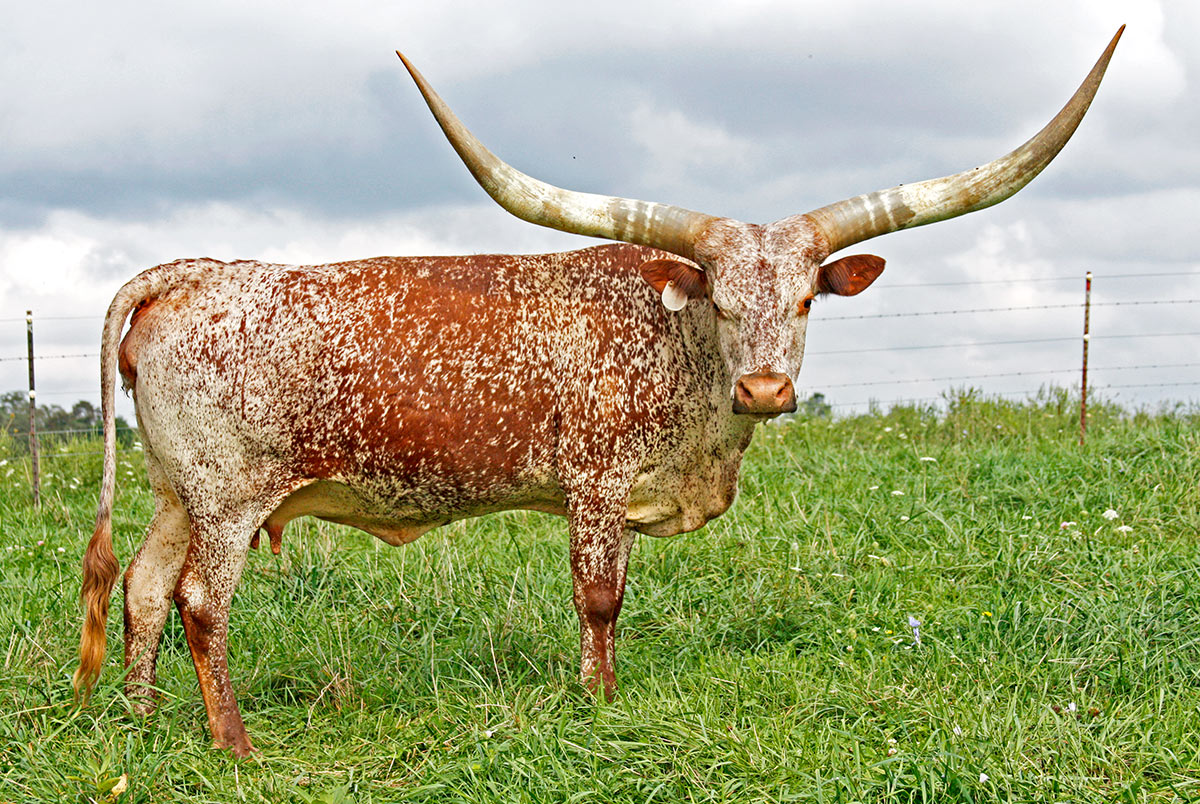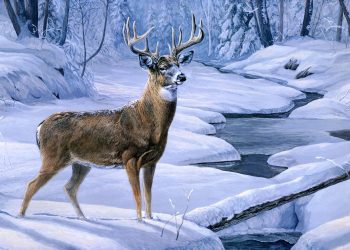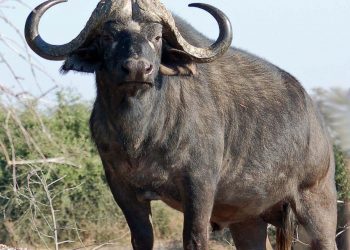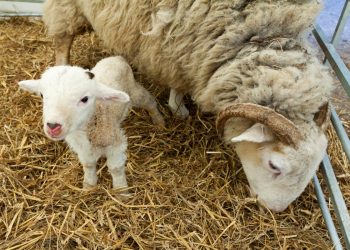The Watusi cow is a type of cattle that can be recognized by, among other things, its reddish-brown fur and large horns. Originally from Africa, it has developed the ability to survive in a warm climate. This herbivore descends from the aurochs and can reach a weight of more than 500 kilograms. Watusi cattle are kept like cattle. It is slaughtered for its meat or used as a dairy cow. What exactly does this mammal look like and what are its horns all for?
Designations
The Watusi cattle are called Watusi cattle (Watusi cattle), Ankole or Ankole-Watusi cattle in English. In Dutch, it is also called the ‘Watoessierund’, ‘Watutsirund’ or ‘Watestirund’. It belongs to the family ‘Bovidae’, or the ‘Cowhorns’. There are a total of two different types, namely the common type ‘Inkuku’ and the ‘Inyambo’.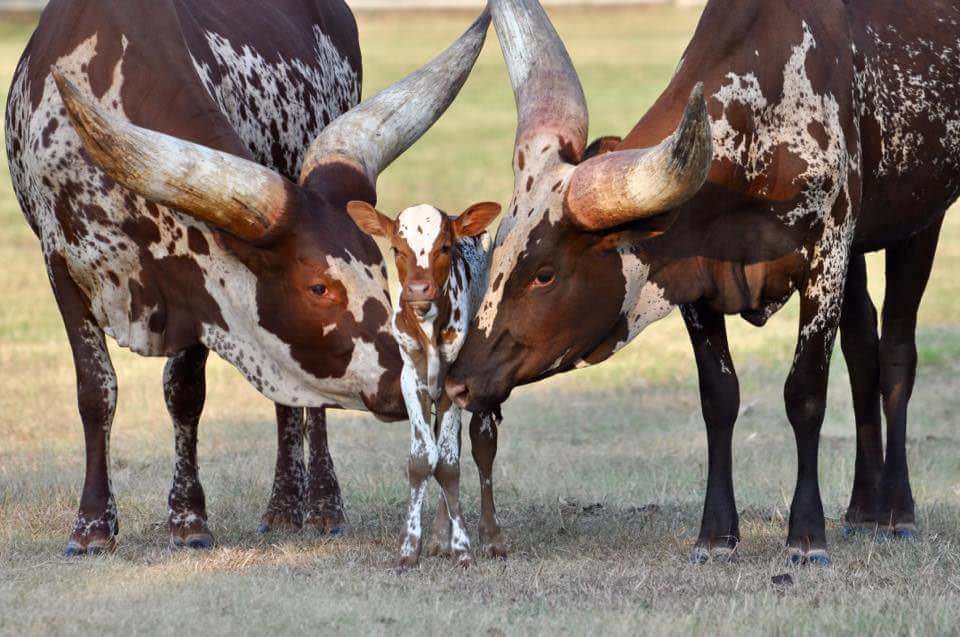
Appearance properties
The cattle are largely red and brown in color. In addition, some specimens have white spots on their fur. The so-called ‘height at the withers (shoulder height) of a Watusi cow is a maximum of 1.70 meters. The bulls can weigh up to 730 kilograms while the females can weigh up to 540 kilograms.
huge horns
The Watusi cow’s horns continue to grow as he ages. The females have on average longer horns than the males. These horns can grow up to 1.10 meters in length. The distance between the horn tips can be more than 2 meters. He mainly uses his horns for defense. In addition, its horns indirectly ensure that its body temperature remains cool. This is because of the many blood vessels located in the horns. When the blood vessels are open, the horns can radiate heat. No water or body fluids are lost while the heat is being dissipated. This is very efficient and necessary to survive in a dry environment.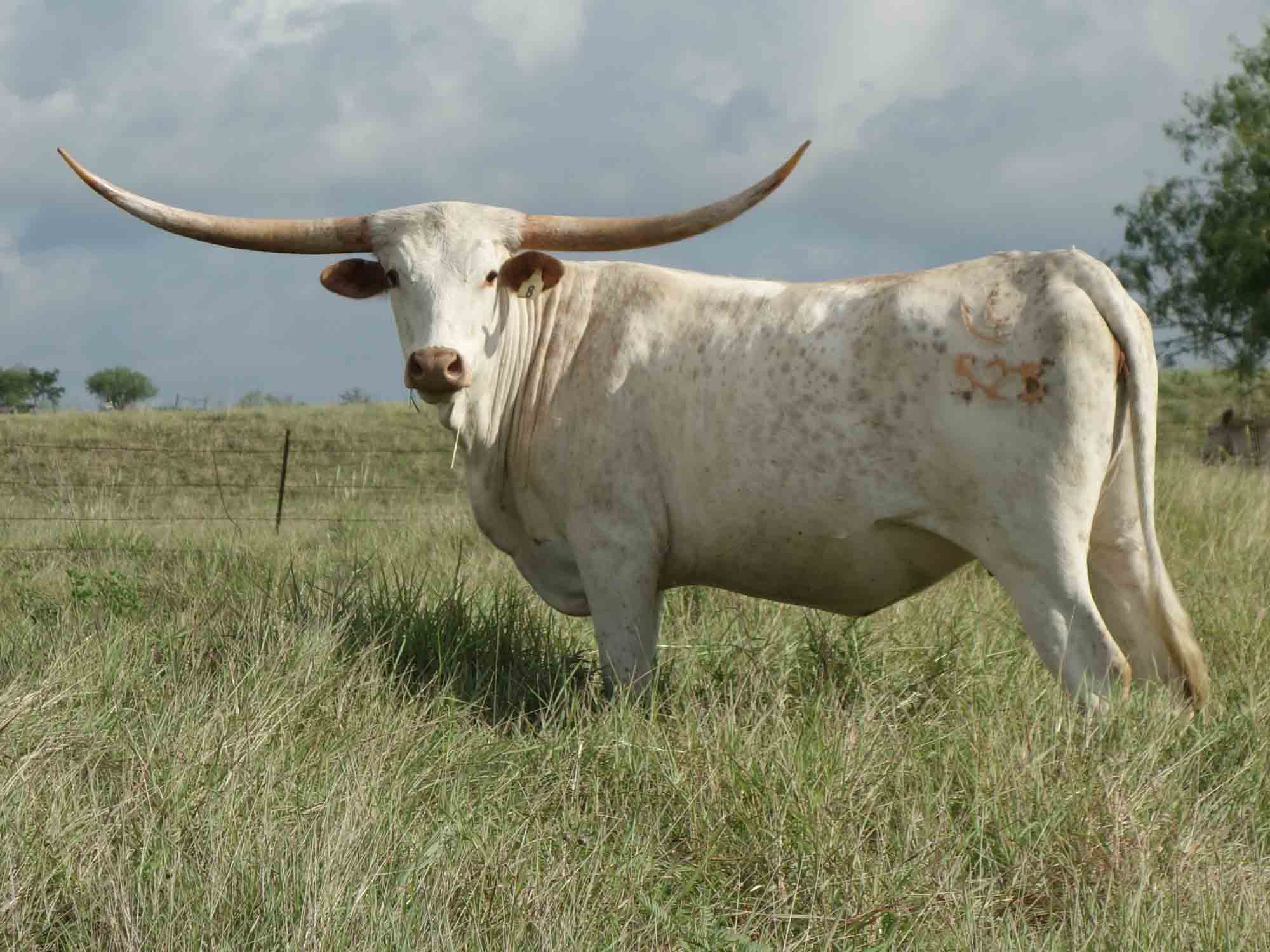
Ancestors
The Watusi cow is a descendant of the aurochs. The aurochs became extinct during the 17th century. These were huge cattle that could reach a weight of about a thousand kilograms. The height at the withers of a male was a maximum of 1.85 meters. Portions of the original aurochs genome are being reduced through breeding programs to maintain bovine biodiversity. This is done by breeding cattle of different breeds that have the genetic characteristics of the aurochs.
Reading suggestions; Types Of Animal Abuse
Meat & milk
It has been the custom for thousands of years for African tribes, namely the Watussi and Tutsis, to keep Watusi cattle as livestock. The cattle with the largest horns were used as status symbols in the past. These horns were given to the king and canonized. The other animals were slaughtered for their meat, among other things. Despite the small amount of milk that the animal produces, the Watusi cow is now also used as a dairy cow. However, the animals are largely kept for meat production.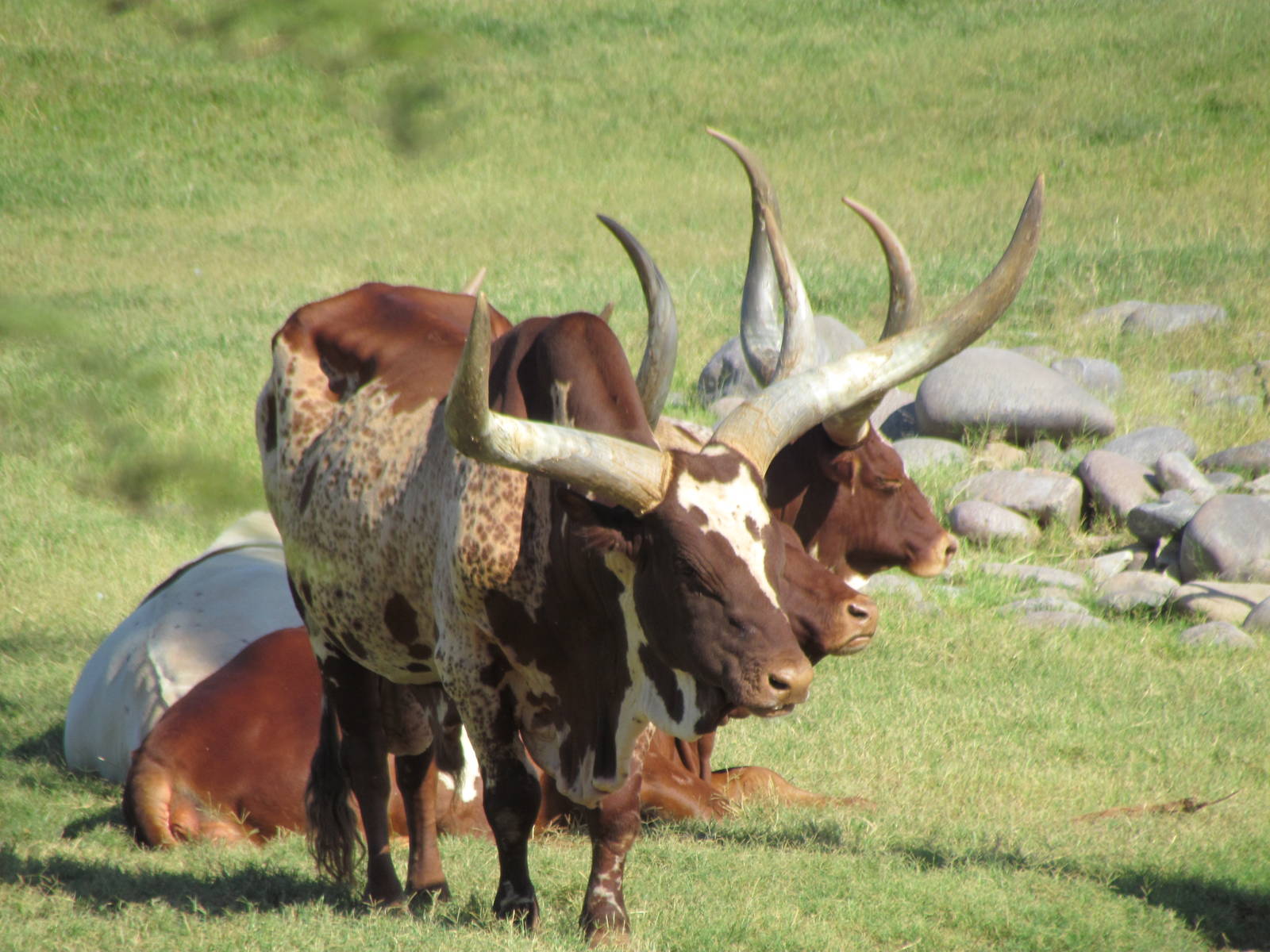
Food & living environment
This species can be found in Uganda, North Africa, South Asia, and Europe. They graze here on savannas and grasslands. The cattle eat about 70 kilos of grass every day to keep themselves alive. In addition to grass, they eat herbs and leaves. They can withstand drought very well. For this reason, the food they ingest does not have to contain much moisture in order to survive.


